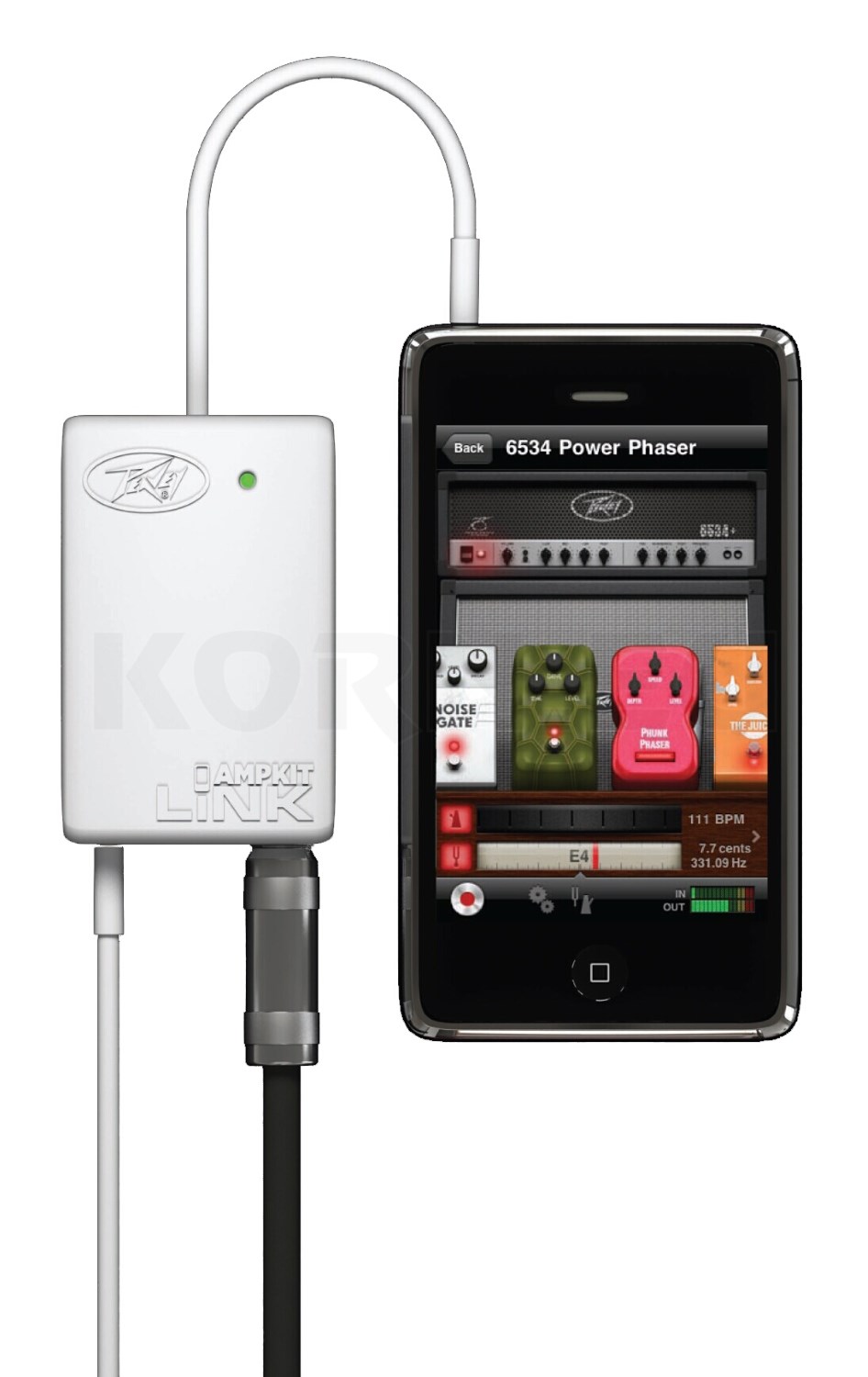

See the ZCA project completed thread on the forum for photographs and listening impressions.Īugust 2011 - Taoybb in Thailand has also put together the amplifier using premium capacitors. July 2010 - Dinesh has also completed the ZCA project.

Check out his website for photos and his experiences with the ZCA amplifier - 2SK1058 Single-Ended Class-A Amplifier and the follow-up in a Retro Style Design. Photographs of John's amplifier are available in the Photo Gallery: DIY SE Class-A Mosfet Amplifier.Īugust 2009 - I came across the best looking builds of this project to date which have been put together by Alex Kap. January 2008 - John sent me an email and some pictures of his build of this amplifier. Photographs of Mike's build are available in the Photo Gallery: DIY Class-A MOSFET Amplifier - Inside View. For more information and photographs, see Jochem's build DIY Class-A 2SK2221 MOSFET Amplifier Project.ĭecember 2007 - Mike also from Australia sent me an email to let me know he also built this amplifier. July 2007 - I was extremely delighted to find out that Jochem from the Netherlands has also built the ZCA project following the same circuit but using a 2SK2221 N-Channel MOSFET. Updates: DIY Class-A 2SK1058 MOSFET Amplifier Project Photograph 5: Front View of Class-A 2SK1058 MOSFET Amplifier Photograph 4: Rear View of Class-A 2SK1058 MOSFET Amplifier Simple jazz trios, classical quartets or delicate male / female voice show this amp for what it really is - beautiful! It plays all acoustic instruments with an incomparable earthy natural quality. A single 2SK1058 MOSFET works it's butt of to give you a great listening experience provided you don't ask it to deliver more than is expected. Not quite Zero Components but close to it. Bass is better than the design predicts and the amp drives my 12" 63L based 3-way speakers with ease. With only a few watts of output (the power is less than 5W RMS but I have seen clean 15W pulses on the CRO), sensitive speakers must be used. but it has a very fine grain and delicately textured quality. I am using this Class-A Amplifier with a 12AU7 based valve preamp. Photograph 3: Inside View of Class-A 2SK1058 MOSFET Amplifier\ Photograph 2: Power Supply for Class-A 2SK1058 MOSFET Amplifier Simply adjust the pot until half of the DC voltage is across the MOSFET and the load resistors.įigure 3: Power Supply Schematic: Class-A 2SK1058 MOSFET Amplifier Bias is provided by a 100K pot and a 1M resistor. The power is filtered using 10000♟ capacitors and a 5 amp Hammond 10mH choke in a pi configuration, Cap - Choke - Cap. The power supply consists of a 18VAC, 160VA EI transformer into a 25 amp bridge rectifier which provides about 24 volts DC. Power Supply: Class-A 2SK1058 MOSFET Amplifier Photograph 1: Single-Ended Class-A 2SK1058 MOSFET Amplifier I burn over 20 Watts to get only about 4.8 audio Watts per channel! The heatsink I used is rated at 0.784 ☌/W Yes, Class-A amplification is very inefficient. These get extremely hot and burn about 30W at idle.
#Ampkit link ebay series#
The four resistors are 15ohm and 10W each which I wired two in series for 30 ohms and then the two sets of 30 ohms are wired in parallel to give a total resistance of 15 ohms. The four 10W non-inductive wire wound resistors act as the load. I used Sprague capacitors for the input coupling and a large electrolytic on the output with a 10♟ polyester bypass capacitor. A schematic and pin diagram for the 2SK1058 is shown in Figure 2.įigure 2: Hitachi 2SK1058 N-Channel MOSFET Pin Diagram The amplifier is built around the Hitachi 2SK1058 N-Channel MOSFET. The schematic for the amplifier section is shown in Figure 1.įigure 1: Single-Ended Class-A MOSFET Amplifier Schematic One audio grade MOSFET, a couple of resistors and capacitors and a heavy duty well filtered power supply. So I fashioned a FET amp around the same simplicity of design. A single valve, a resistor or two and an output transformer. I was always impressed how simple single ended tube amplifiers could be. Well of course there has to be some active components in an amp in order to get the gain to be called an "Amplifier". Was I trying to find the holy grail of amps - the straight piece of silver wire that has pure distortion-free gain?

I wanted to build a Zero Component Amplifier (ZCA). Nelson Pass has done a lot of work in this area with his Zen builds, but I wanted to go beyond Zen. I wanted to construct an amp that had zero negative feed back (0NFB), was pure Class-A and definitely single-ended.

Introduction: Class-A 2SK1058 MOSFET Amplifier


 0 kommentar(er)
0 kommentar(er)
